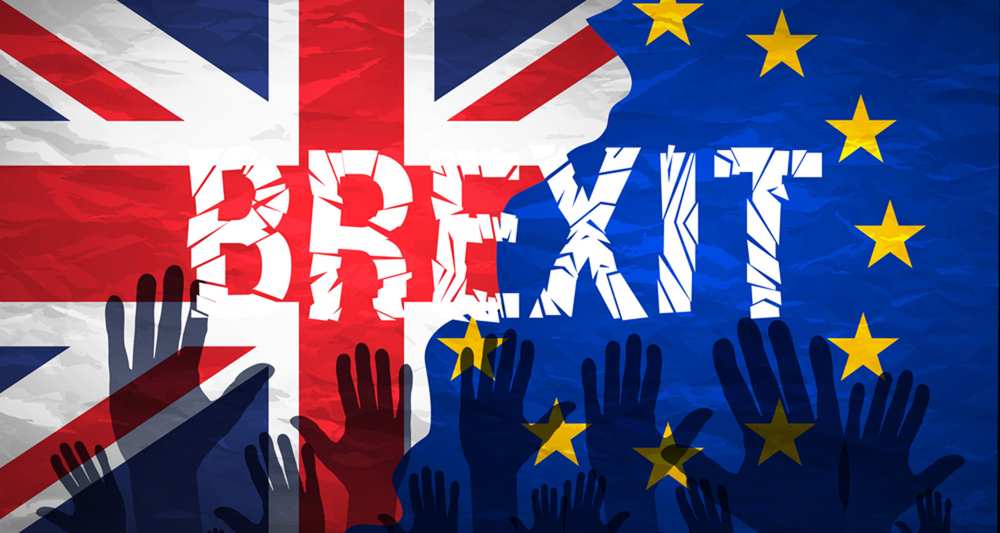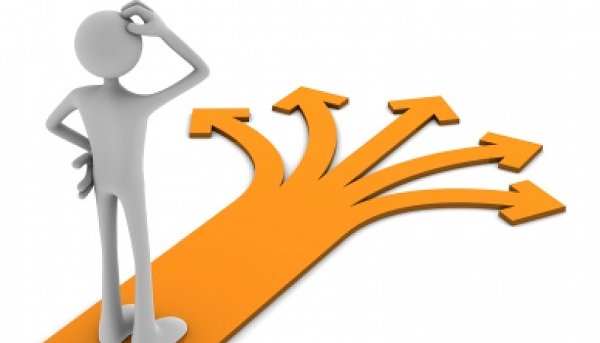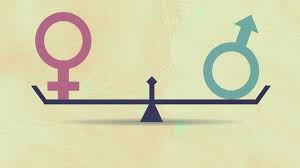My leadership brand.
I am a strong believer of the Semco model of leadership which has been developed by Recardo Semler , Brazil. It believes in empowering employees with freedom of choice in the workplace. It believes that a democratic workplace keeps people happy, and when the people are happy , the best out of them is produced. This model has received the 2016 winner of the case centre award and the company has shown consistent growth of 27% over the past three decades. This model includes a people centred strategy by which the organisation balances the needs of the short term with those of the long term as well as balancing financial capital with human potential. These type of strategies have proven to achieve the vision and goals of the company through people. This model believes that the more freedom an individual has over the job, the higher the productivity and bigger the rewards reaped by the firm for which they work. The democratic model has proved to be successful in many different companies of different sectors like Manufacturing, Hotels ,education and all of them have theses businesses have unbelievable consistent growths in the markets which have made them the market leaders of their sector. Analysing the model with the Mckinsey’s 7s we see that change in the stronger elements like strategy, Systems and structure to allow more people friendliness has made it easier on the softer elements like staff, skills and style to be the most efficient in case of any change in any circumstances and the shared values between the employee and the organisation are massive.(Stockport 2010)
Relevance to my career
This leadership style apparently works for a manufacturing unit where productivity and quality is necessary . The career I am looking forward to is manufacturing and distribution. So in a field like that quality and productivity is extremely necessary and to get that with the least expenses would be one of the important goals of my organisation.
My current strengths and development needs.
I have been a good team leader in the past, by leading from the front and leading by example is what I practice. I have realised my strengths and weaknesses from the simulation activity called ‘Race to the pole’ and the feedback I received from my coach after thorough evaluation of my performance during the activity. I have realised that I am a good leader by understanding the needs of my colleagues, understanding their strengths and weakness is a critical feature before allocating some work , understand what they are best at and to get the best out of them. Development needs lie in the area of being a team player when I am expected to follow and support teamwork by being a team player. Leading from behind is a skill which I lack .Motivating colleagues during critical situations is somewhere a development should be seen.
My development plan.
More focus on being a democratic team leader where necessary and development on mutual decisions with more patience and respect that every individual has a unique point of view to situations.  Self evaluation by requesting a friend to take a video of my presentations during the next term of course. That would help me analyse my behaviour towards the team as well as the body language expressed during presentations hence catching flaws in presentation skills while facing the crowd. I believe in striving to better than what I am today to what I will be in the future and the only competition I have is myself. I am also keen on receiving honest feedback’s from my team mates by allowing them the permission to comment on my performance in the team so that I understand how I am perceived by my people. By these technique’s access to the Blind area and the Hidden area of the Johari’s window can be achieved. (Mullins 2016)
Self evaluation by requesting a friend to take a video of my presentations during the next term of course. That would help me analyse my behaviour towards the team as well as the body language expressed during presentations hence catching flaws in presentation skills while facing the crowd. I believe in striving to better than what I am today to what I will be in the future and the only competition I have is myself. I am also keen on receiving honest feedback’s from my team mates by allowing them the permission to comment on my performance in the team so that I understand how I am perceived by my people. By these technique’s access to the Blind area and the Hidden area of the Johari’s window can be achieved. (Mullins 2016)
I hope my development plan works out for me as well as my team mates during the course. I am glad to be in an environment where progress is achieved by helping each other and communication between colleagues is consistent.
References
Mullins, L. and Christy, G. (2016). Management and organisational behaviour. Harlow, England: Pearson.
Stockport, G. (2010). Semco: cultural transformation and strategic leadership. International Journal of Technology Marketing, 5(1), p.67.


 Headquarters. Especially for businesses working between the European market and the UK markets. Reconstruction of banking procedures for both it’s different consumers now would be a whole new process of change.
Headquarters. Especially for businesses working between the European market and the UK markets. Reconstruction of banking procedures for both it’s different consumers now would be a whole new process of change. Especially when members have insufficient information about the nature of change. Individual resistance can be seen from employees in terms of selective perception, habit, inconvenience, economic implications, security in the past and fear of the unknown.The employees will have a different perception about working in the UK and their habits according to the UK environment and this change will cause inconvenience and its economic implications. Resistance from the organisation can be seen as maintaining stability, investment in new resources, past contracts or agreements and threat to power or influence. ( Mullins 2016 )
Especially when members have insufficient information about the nature of change. Individual resistance can be seen from employees in terms of selective perception, habit, inconvenience, economic implications, security in the past and fear of the unknown.The employees will have a different perception about working in the UK and their habits according to the UK environment and this change will cause inconvenience and its economic implications. Resistance from the organisation can be seen as maintaining stability, investment in new resources, past contracts or agreements and threat to power or influence. ( Mullins 2016 ) Which means a planned change and improved performance involves a three phase process of behaviour modification.(Lewin 1951)- Unfreezing- reducing those forces that maintain behaviour in its present form, recognition of the need for change to occur.; Movement- development of new attitudes of behaviour an implementation of change; refreezing- stabilising change at the new level and reinforcement through supporting policies and norms. (Mullins 2016)
Which means a planned change and improved performance involves a three phase process of behaviour modification.(Lewin 1951)- Unfreezing- reducing those forces that maintain behaviour in its present form, recognition of the need for change to occur.; Movement- development of new attitudes of behaviour an implementation of change; refreezing- stabilising change at the new level and reinforcement through supporting policies and norms. (Mullins 2016)





